Setouchi Triennale Brings Life Back to Abandoned Areas
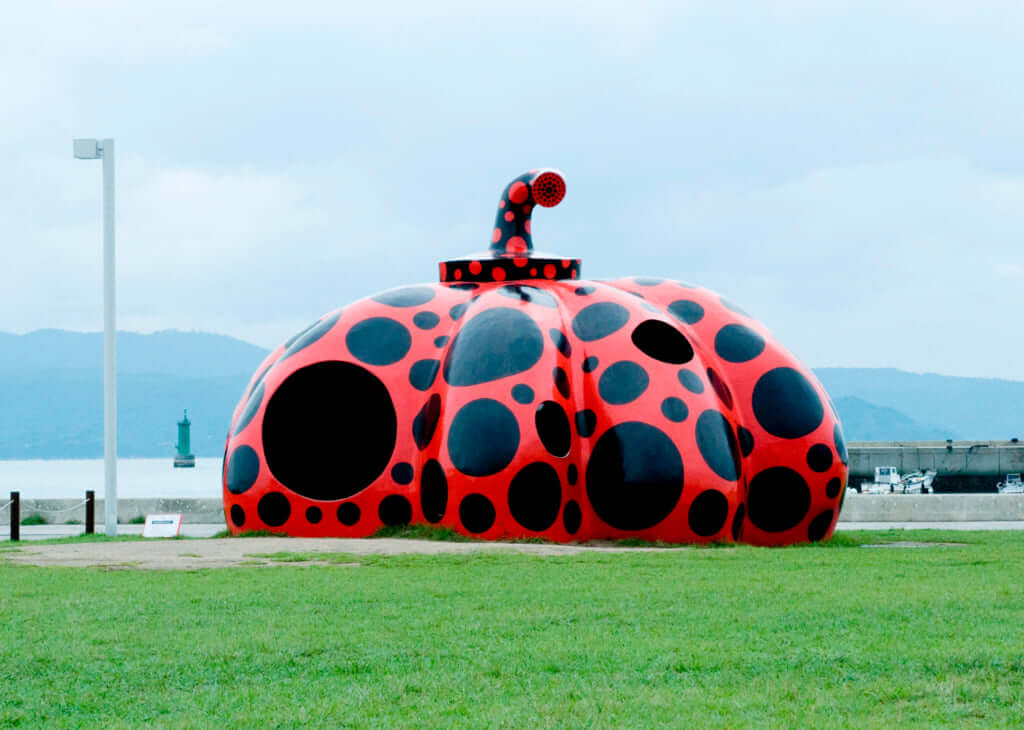
Red Pumpkin ©Yayoi Kusama, 2006, Naoshima Miyanoura Port Square. Photo by Daisuke Aochi
The Setouchi Triennale is a gamble, an attempt to revitalise abandoned islands through art, and fortunately for Fram Kitagawa, Soichiro Fukutake and Takeki Manabe, artistic director, principal sponsor and former governor of the prefecture of Kagawa respectively, it is one which has largely payed off. The three art-lovers launched the event in 2010 and it has since become one of the most important cultural gatherings in Japan. Setouchi is now considered to be on a par with biennials such as those in Venice and Lyon, earning itself a space in the closed world of global contemporary art.
12 islands, 200 works, 30 countries
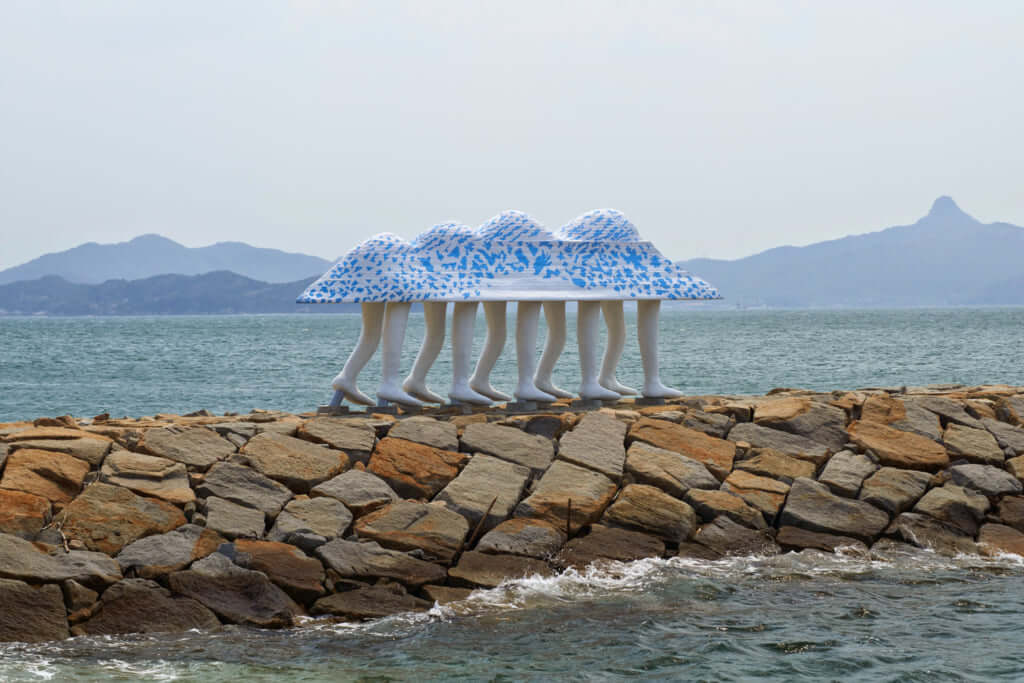
Keisuke Yamaguchi - Walking Ark ©Kimito Takahashi
The success of the project however was never guaranteed. The Triennial takes place in the inland sea of Seto, straddling the prefectures of Kagawa and Okayama across 12 islands. At more than 500 kilometres from Tokyo, the event takes place miles away from traditional tourist trails. The careful selection of work, spanning contemporary art, architecture, music, traditional culture and theatre, features artists from over 30 countries. The event equally relies on the growing reputation of the art island of Naoshima and its various museums constructed by star architect Tadao Ando, as well as the island of Teshima whose Benesse Foundation is reputed for the integration of art in nature.
Between 2010 and 2019 more than three million visitors took to the islands, 20% of whom were international visitors. This is a huge influx of tourists of a different kind for these areas which were left more or less deserted by their inhabitants over the years, who left for larger, more attractive cities across Japan. According to Takeki Manabe, the festival was created in order to promote regional development and to catalyse a change in local habits. The benefits have already begun to pay off, certain islands are steadily seeing their populations increase, restaurants and galleries set up shop, as well as 2000 hotel rooms opening in less than 10 years. A primary school and a nursery even reopened in Ogijima to welcome the children of the 40 new residents.
Lasting regeneration
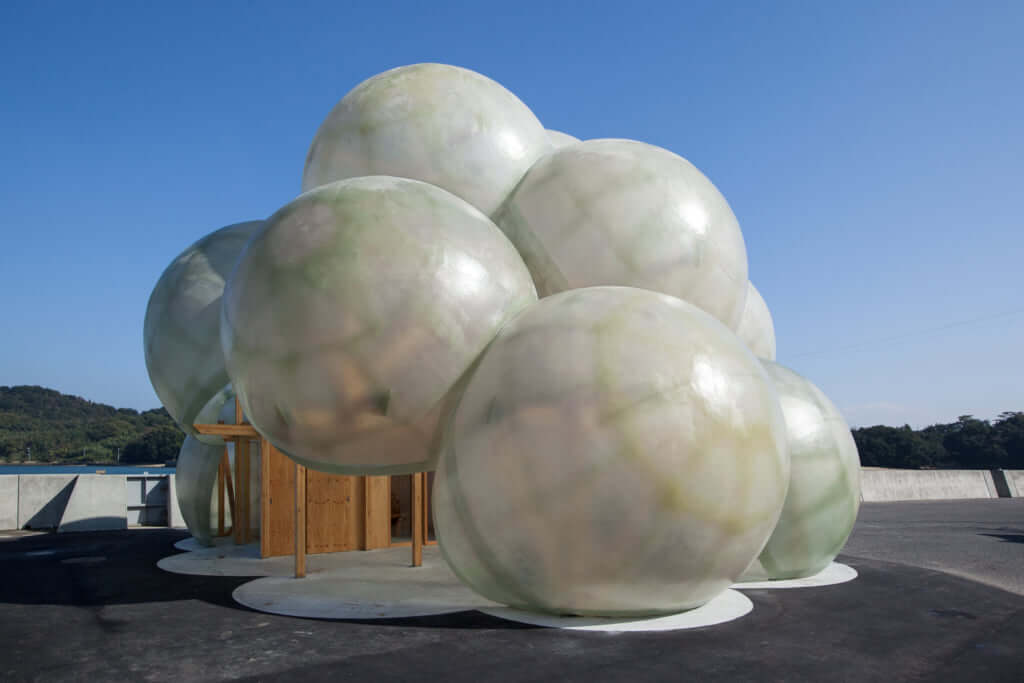
Kazuyo Sejima, Ryue Nishizawa - Naoshima Port Terminal
The existing structures, abandoned long ago, have now been revived. Former schools and traditional Japanese houses now serve as exhibition spaces, or are totally transformed by participating artists. It is a good way of ensuring the longevity of the redynamisation of these areas with a number of artworks remaining in place beyond the exhibition period. The next exhibition will take place in 2022. Visitors will therefore be able to continue to visit the museums in Naoshima and Teshima and continue to observe certain installations, travelling between islands by ferry. Elsewhere, paintings, sculptures and other artistic creations developed with artists and residents are also exhibited as part of Art Setouchi which organises artistic events between triennials, allowing local residents to get involved in the creative process and the future of their local area.
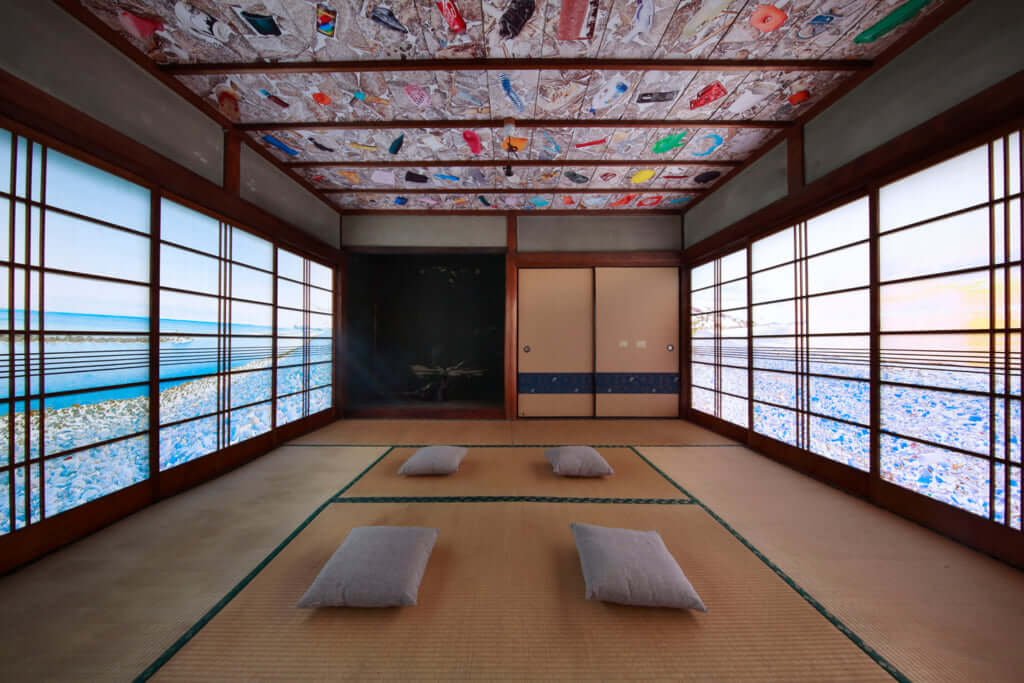
Yoshihiko Shikada - Ascend the past and now descend the future ©Keizo Kioku
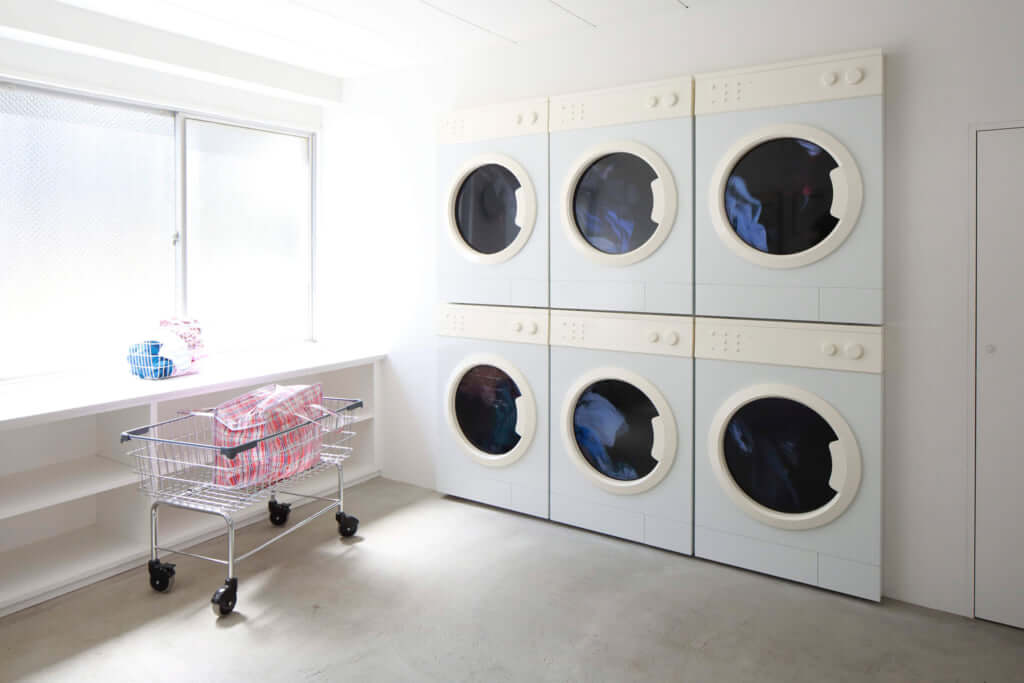
Leandro Erlich - Little Shops on the Island, Laundry ©Keizo Kioku
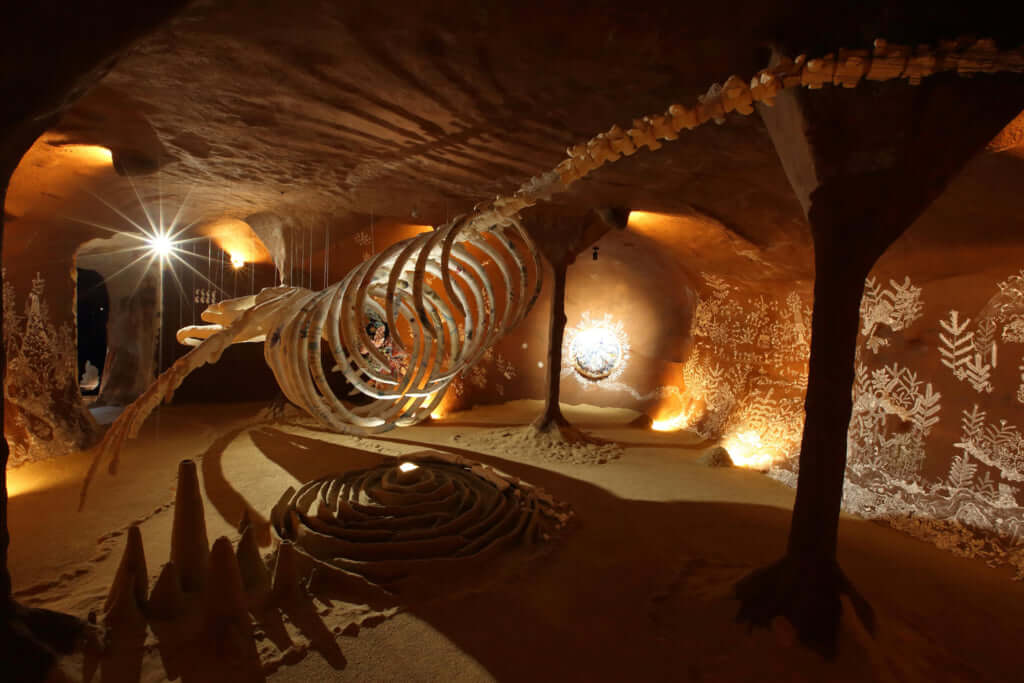
Maki Ohkojma and Mayur Vayeda - Awashima Artists Village ©Keizo Kioku
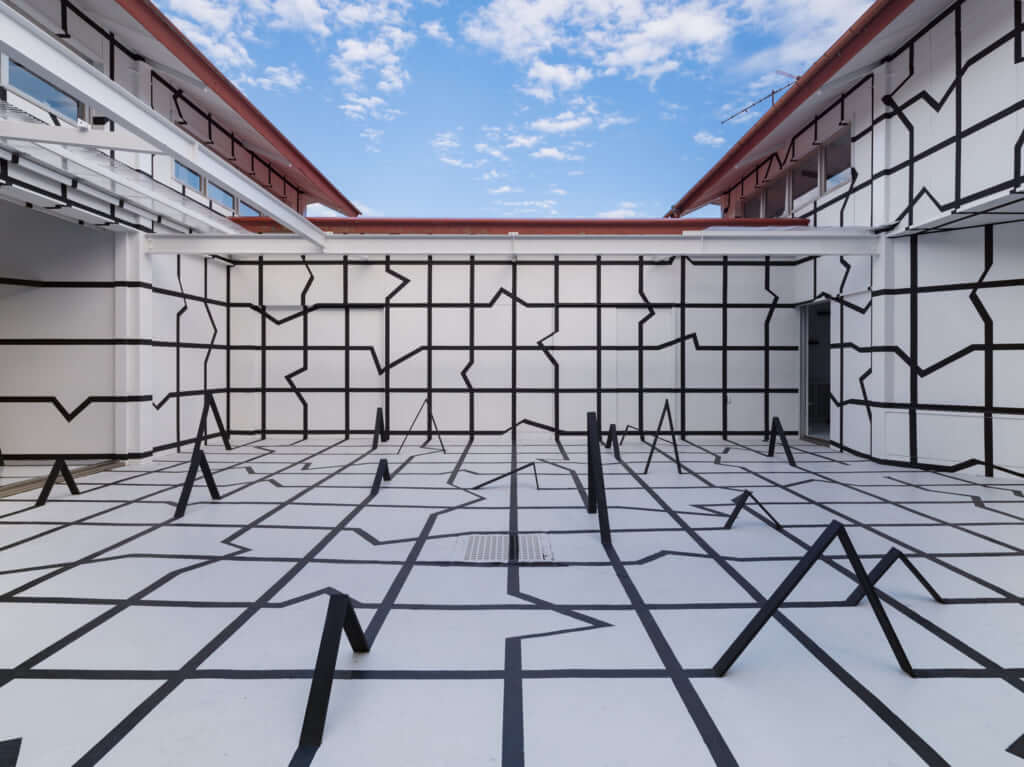
Esther Stocker - Coutours of Thinking ©Yasushi Ichikawa
TRENDING
-
A House from the Taisho Era Reveals Its Secrets
While visiting an abandoned building, Hamish Campbell discovered photographs the owner had taken of the place in the 1920s.

-
The Taboo-Breaking Erotica of Toshio Saeki
The master of the 1970s Japanese avant-garde reimagined his most iconic artworks for a limited box set with silkscreen artist Fumie Taniyama.

-
With Meisa Fujishiro, Tokyo's Nudes Stand Tall
In the series 'Sketches of Tokyo', the photographer revisits the genre by bringing it face to face with the capital's architecture.

-
Masahisa Fukase's Family Portraits
In his series ‘Family’, the photographer compiles surprising photos in which he questions death, the inescapable.

-
Hajime Sorayama's Futuristic Eroticism
The illustrator is the pioneer for a form of hyperrealism that combines sensuality and technology and depicts sexualised robots.





